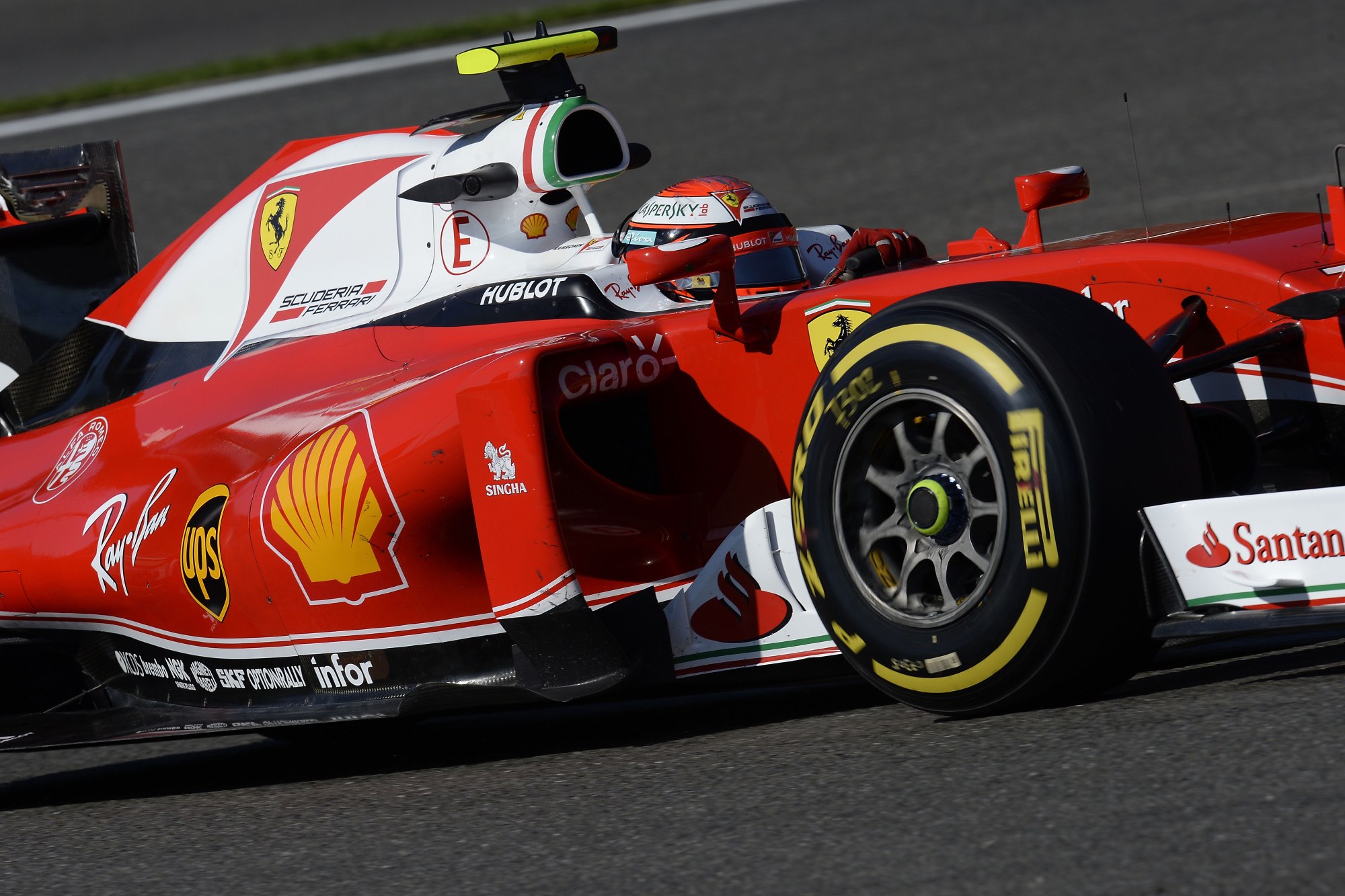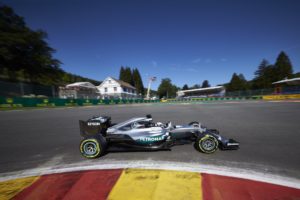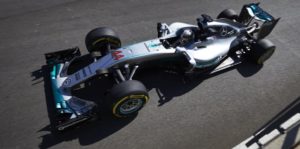Race Strategy is always central to the outcome of the Belgian Grand Prix as there are so many unpredictable elements to this traditionally dramatic race.
This year the strategies were effectively upset by a Safety Car and then neutralized by a red flag stoppage after a huge accident for Renault’s Kevin Magnussen. This changed the race, brought Lewis Hamilton and Fernando Alonso into play, despite having started at the back of the grid and proved costly for some teams that had pitted under the Safety Car. There was pain too for those who had not got their strategy planning right weeks ago, when the tyres for this race needed to be chosen. There were important decisions to be made during qualifying on what tyre to start the race on and more decision making to be done throughout the Grand Prix. Some strong results got away from teams here, as we shall see.
Pre-race considerations
This year teams have to select the tyre compounds they wish to bring to each race 8-10 weeks before the event. They have no way of knowing what the weather will be like that far out, but they should have good tyre models which tell them how each compound is likely to behave.
On race weekend the weather was exceptionally hot, by Spa standards, with track temperatures at 40 degrees. This led to blistering, where the tyre heats up too quickly and gas needs to escape, which it does by means of bubbles, or blisters on the surface. This problem has increased with Pirelli’s insistence on high tyre pressures. Finding a way to control that was critical to the weekend and one of the reasons why Force India did so well, scoring 22 points.
The supersoft was only ever going to be a qualifying tyre and a very limited race tyre, with the soft also difficult to make last and the medium reasonably durable. It was strange that Ferrari, for example, went for more supersofts in its allocation, leaving it short on new mediums for the race and strange too that Williams’ Valtteri Bottas went into the race without a new set of medium tyres.
Teams were briefing that it would be a two or three stop race, with Mercedes clearly lining up pole sitter Nico Rosberg for a soft-medium-medium strategy and both Force India drivers looking at a supersoft-medium-medium race.
The key point about this year’s Belgian Grand Prix is that Mercedes were not as fast compared to the rest of the field as they have recently been, partly due to the high temperatures. And with Lewis Hamilton starting from the back of the grid due to multiple engine penalties, it meant a great opportunity for other teams to challenge for a podium.
The race turned on its head
Ferrari’s challenge ended at Turn 1 as both Sebastian Vettel and Kimi Raikkonen got caught up in a tangle with Red Bull’s Max Verstappen. This put paid to the chances of all three drivers reaching the podium and created an opening for Force India, Williams and Hamilton.
The top ten cars were split between those that had opted to start the race on the soft tyre and those that had gone for supersoft in Qualifying 2 and thus had to contemplate a very short first stint. Six of the ten were on supersofts including the Force Indias and Williams, Verstappen and Button.
The early laps were not straight-forward as the startline collision and then a puncture for Carlos Sainz and a Virtual Safety Car meant that there had been few racing laps by Lap 6 when Kevin Magnussen crashed heavily at Eau Rouge.
This brought out a Safety Car and an opportunity for the runners on supersofts to make a cheap pit stop. But they had done hardly any laps.
Both Force Indias took the decision to pit as did Grosjean and Palmer. For the drivers who had started on softs, part of that decision was that it offered more flexibility and protection against an early Safety Car such as this; stop now behind the Safety Car on Lap 7 and you are on a three stopper or a compromised two stop.
Many strategists were hedging their bets on whether it would turn out to be a red flag, as barrier repairs would clearly take some time. It was similar to the situation in Australia this year when a red flag gave a free tyre change to anyone who had not stopped. The risk of stopping under the Safety Car was losing position to those who did not in the event of a red flag. But if there were not to be a red flag, then there was a gain to be made.
Worst still for Bottas, he was not pitted immediately under the Safety Car, but rather a lap later and went from 4th to 12th place. The race was red flagged on Lap 10, meaning that there would effectively be a new 34 lap race at the restart. So the strategies up to this point were neutralized, but the drivers still had the same allocation of tyres available as before.
So not everyone changed tyres during the stoppage period. Verstappen, for example, did not change. This was because his medium tyres were still quite fresh and, on a three stop strategy, he didn’t have enough new tyres to make it work to the end, he still needed his other set of new softs and mediums later in the race.
Daniel Ricciardo managed to make it to the end on two stops with soft-soft-medium, thanks to the red flags and a very impressive second stint keeping the softs alive after the restart. It was a brave call not to pit under the Safety Car, as it could have caught him out had the race not been red flagged, but the team read it correctly.
He did not have the pace on that strategy to trouble Rosberg, but he was able to keep Hamilton at bay, as Mercedes tried to do the opposite to Ricciardo in the hope of catching him.
Hamilton, like Alonso, had taken advantage of the red flag to get a free tyre stop and had gained track positions from some of the cars that had pitted under the Safety Car. He was lying in fifth place at the restart, but lost time behind Hulkenberg after the restarts; it took him nine laps to get past. questioned the decision to use another set of medium tyres in the final stint, rather than softs.
Everyone expected the conditions to cool down as the race went on, especially with the additional delay for the red flag, but it didn’t happen.
There was a lot for teams to learn from the decisions they made in Spa and it will lead to a review of decision making around Safety Cars and red flags. But above all it will lead to a review of tyre selections months ahead of the event and also on event, making sure that you have enough options going into the race on Sunday to cover eventualities.




